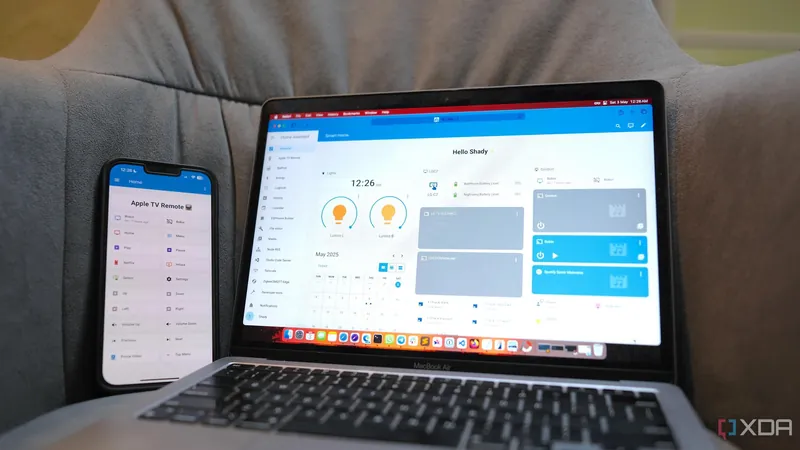
Shocking Survey Reveals 54 Million Unreported COVID Cases in the U.S. – Here’s What It Means for Future Tracking!
2024-10-01
Author: Rajesh
Introduction
In a groundbreaking study published in JAMA Network Open, researchers from Northeastern University have revealed that an astonishing 54 million COVID-19 infections in the United States went unreported in official records due to the rise of at-home testing. This alarming number stems from the widespread deployment of home tests, combined with a significant decline in institutional testing starting in February 2022.
Survey Methodology
The researchers conducted an extensive survey involving almost 307,000 adults across all 50 states and Washington, D.C., from June 2020 to January 2023. Their findings indicate that the percentage of adults reporting positive results from at-home COVID-19 tests closely matched institutional testing and wastewater analysis before the drastic shift to home testing. However, after the increase in at-home testing, these correlations faded, highlighting a major gap in our understanding of COVID-19's true impact.
Prior Monitoring Strategies
Prior to this transition, the U.S. health system employed a range of methods to monitor COVID-19 levels, including individual testing, tracking hospital patients, and wastewater viral measurements. However, inconsistencies in testing availability and reporting plagued these efforts. Key issues included the recall of flawed CDC tests and varying state policies regarding access to diagnostic tests—leading to significant discrepancies in reported case statistics.
Impact of At-Home Testing
The data collected suggests that the timing of the rollout of rapid at-home tests in January 2022, without an accompanying centralized reporting system, resulted in inadequate tracking coverage. The study noted that after this rollout, survey results began showing a strong correlation with wastewater viral concentrations, while their relationship with institutional data became weak and statistically insignificant.
Findings and Estimates
In their analysis, the researchers estimated that about 79 million confirmed COVID-19 cases had occurred in the U.S. between January 2020 and January 2023, a staggering contrast to the roughly 25 million infections reported by Johns Hopkins University during the same period. They indicated that the rise of at-home testing contributed significantly to this underreporting, estimating around 54 million cases were unaccounted for between January 2022 and January 2023.
State-level Analysis
State-level analysis further revealed that Wyoming potentially missed 59,000 cases, while California may have overlooked approximately 6.3 million infections. The research team concluded that nonprobability survey data can enhance our understanding of infection trends during outbreaks.
Implications for Future Tracking
The implications of these findings are enormous: they point to the urgent need for better self-reporting tools and centralized tracking systems that can leverage convenient at-home testing. As the U.S. continues navigating the COVID-19 landscape and potentially future pandemics, implementing effective tracking strategies based on these survey findings could enhance public health responses and resource allocation.
Conclusion
Is our health system fully prepared to tackle similar challenges in the future? This study raises critical questions about our surveillance infrastructure and the importance of accurate disease tracking.





 Brasil (PT)
Brasil (PT)
 Canada (EN)
Canada (EN)
 Chile (ES)
Chile (ES)
 Česko (CS)
Česko (CS)
 대한민국 (KO)
대한민국 (KO)
 España (ES)
España (ES)
 France (FR)
France (FR)
 Hong Kong (EN)
Hong Kong (EN)
 Italia (IT)
Italia (IT)
 日本 (JA)
日本 (JA)
 Magyarország (HU)
Magyarország (HU)
 Norge (NO)
Norge (NO)
 Polska (PL)
Polska (PL)
 Schweiz (DE)
Schweiz (DE)
 Singapore (EN)
Singapore (EN)
 Sverige (SV)
Sverige (SV)
 Suomi (FI)
Suomi (FI)
 Türkiye (TR)
Türkiye (TR)
 الإمارات العربية المتحدة (AR)
الإمارات العربية المتحدة (AR)